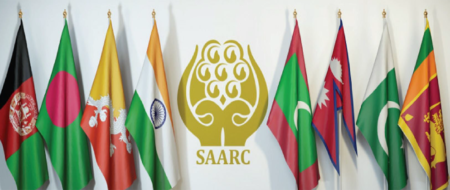Mapping IPPs across Pakistan
Pakistan’s journey with IPPs began under the 1994 Power Generation Policy. Today, 100 IPPs are operational across the country, contributing significantly to the nation’s energy mix. Recent findings from an ongoing study reveal some intriguing insights:
Total Installed Capacity: Pakistan boasts an installed capacity of 45,605 MW, with 55% coming from IPPs. Despite this, current capacity exceeds demand, raising questions about future expansion plans.
Early Terminations: Contracts for 11 IPPs are set to expire by 2030, but in a noteworthy shift, 5 IPPs—including Atlas Power, which was originally contracted till 2034—have already agreed to conclude their power purchase agreements ahead of schedule.
Power Distribution Dynamics: IPPs collectively generate 24,958 MW. Interestingly, just 10 major IPPs account for 53% of this capacity, while the remaining 90 IPPs share the other 47%. Yet, some of these larger IPPs deliver less electricity while still receiving significant capacity payments.
Capacity Payments: 40% of the total capacity payments are made to 10 large IPPs, highlighting the disproportionate allocation of funds within the sector.
Circular Debt Impact: Another set of 10 major IPPs accounts for 25% of Pakistan’s total circular debt—a key issue threatening the stability of the economy.
Future Outlook: With an additional 3,000 MW expected to be added to the energy mix by 2030, the government plans to enhance total capacity to 62,235 MW, including expanding IPP capacity to 28,750 MW.
Based on the aforementioned findings, this IPS study makes recommendations to address the key challenges faced by Pakistan in the IPP sector.
Download PDF |












